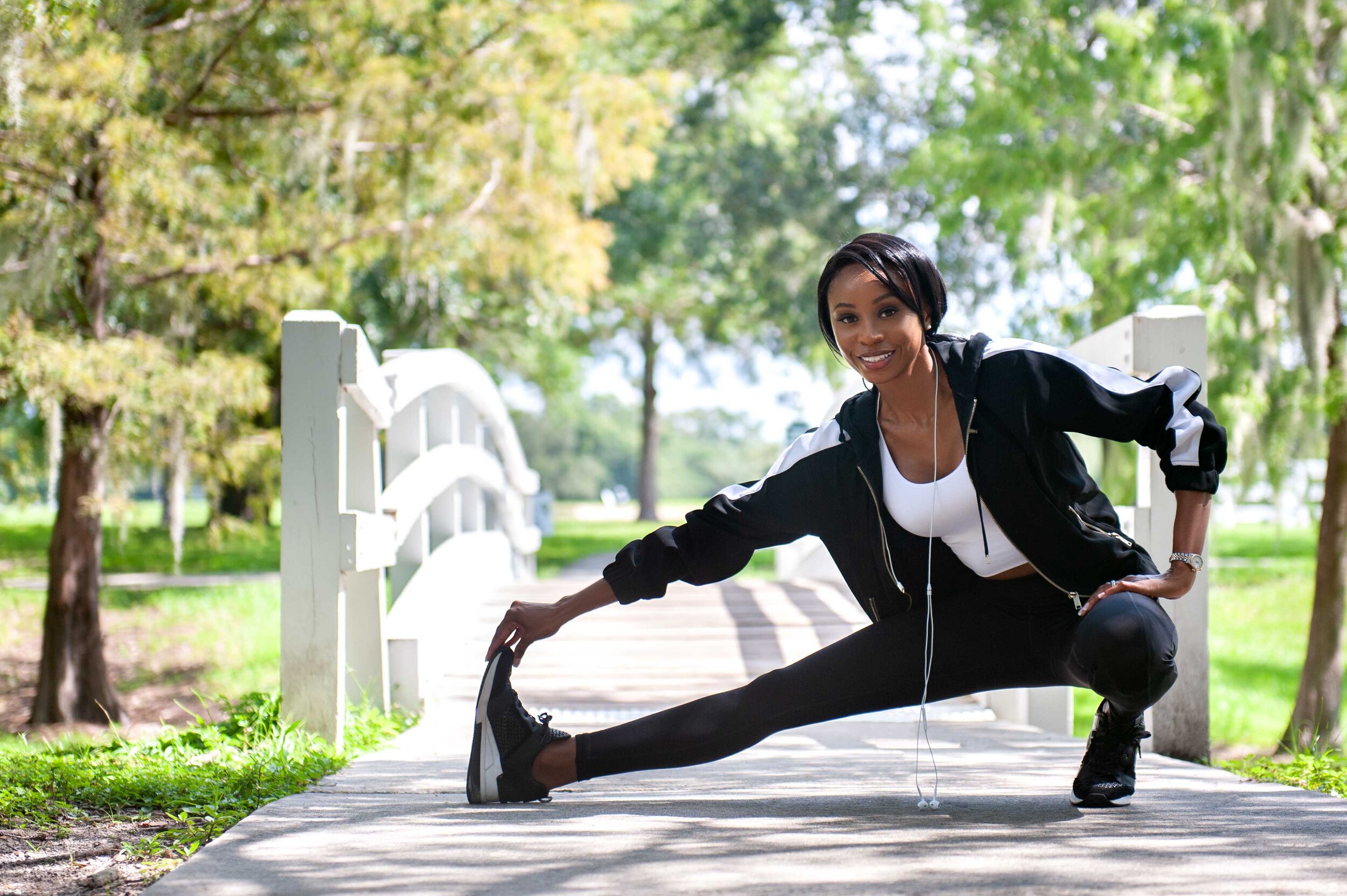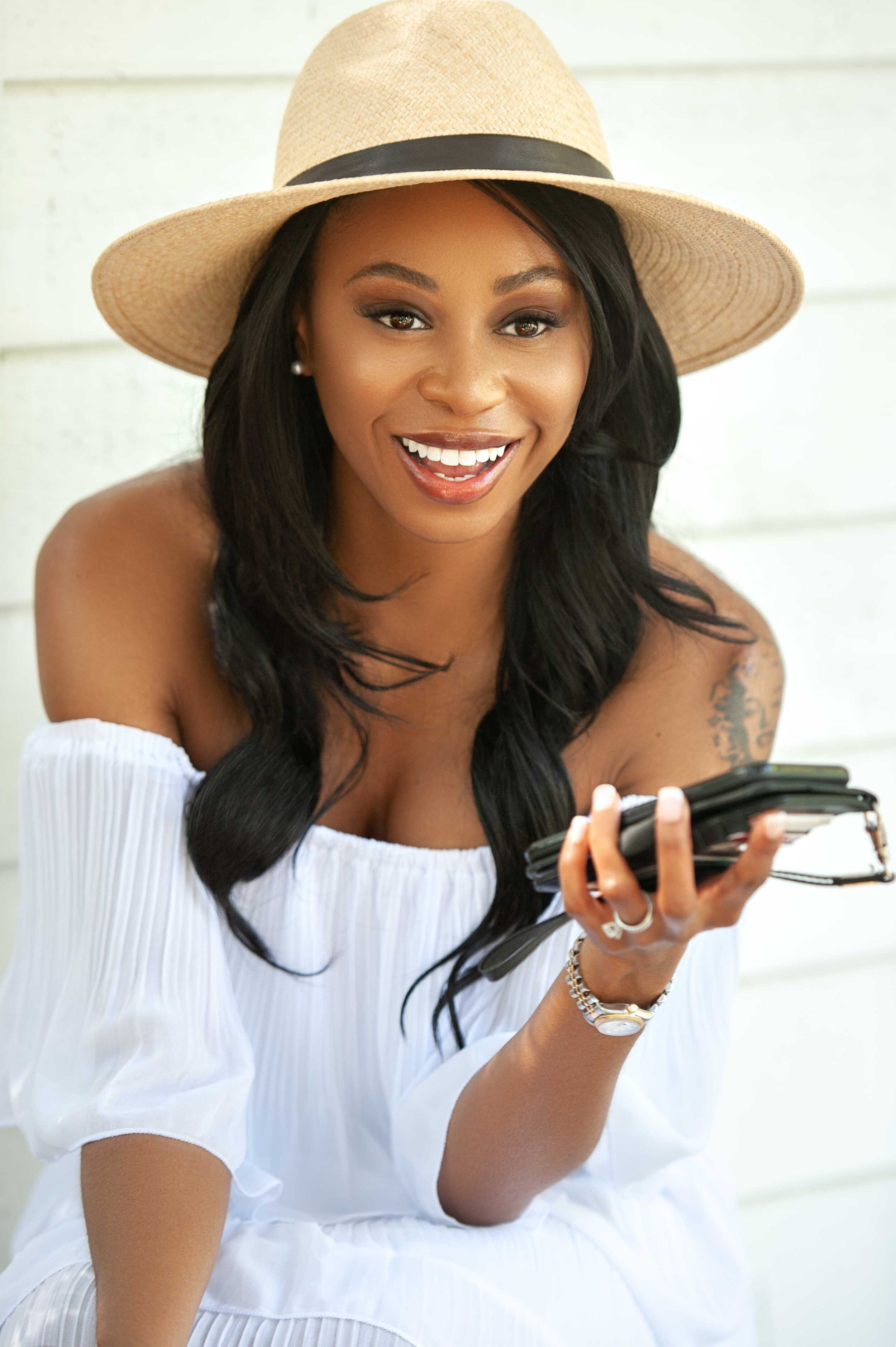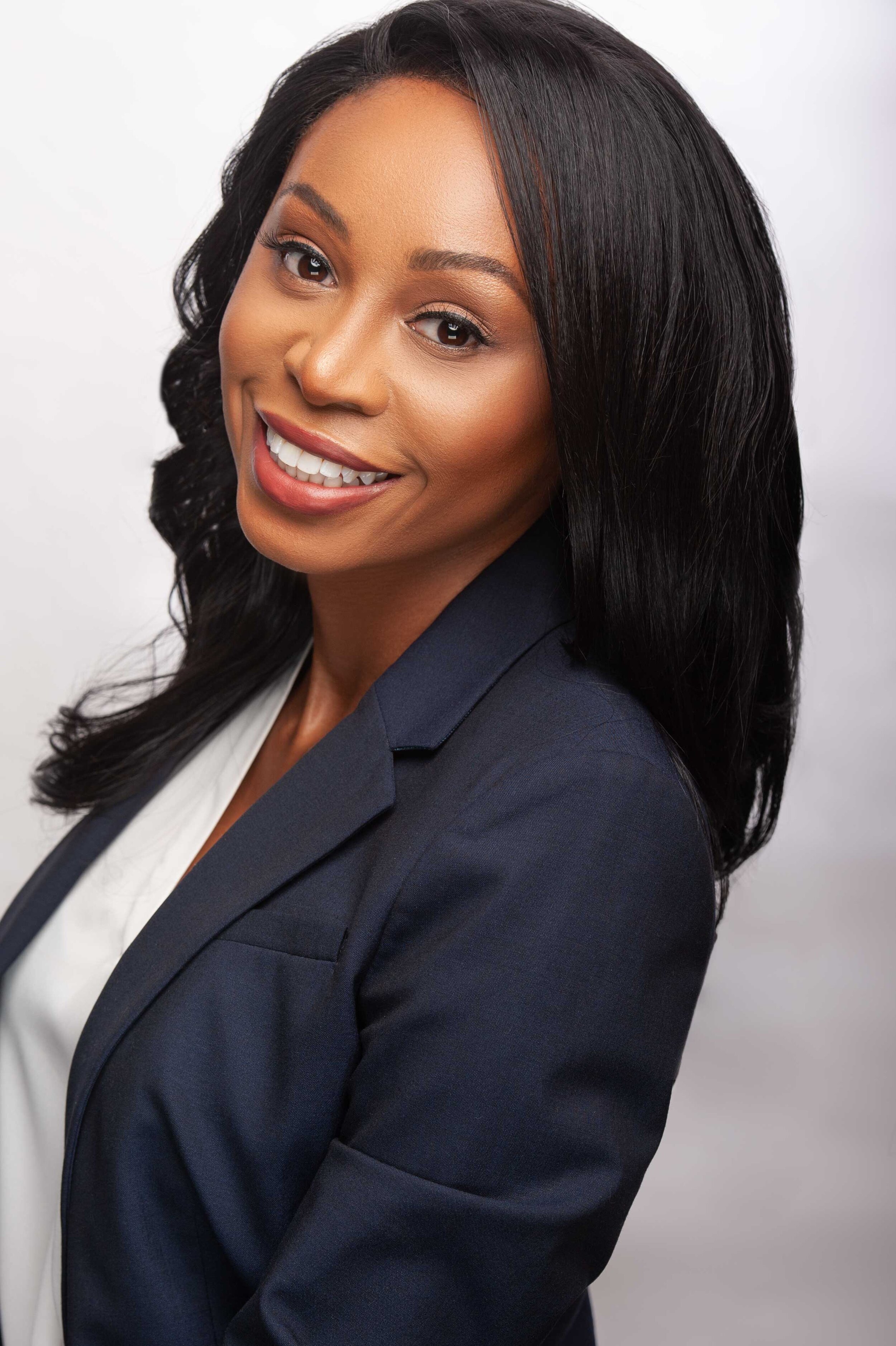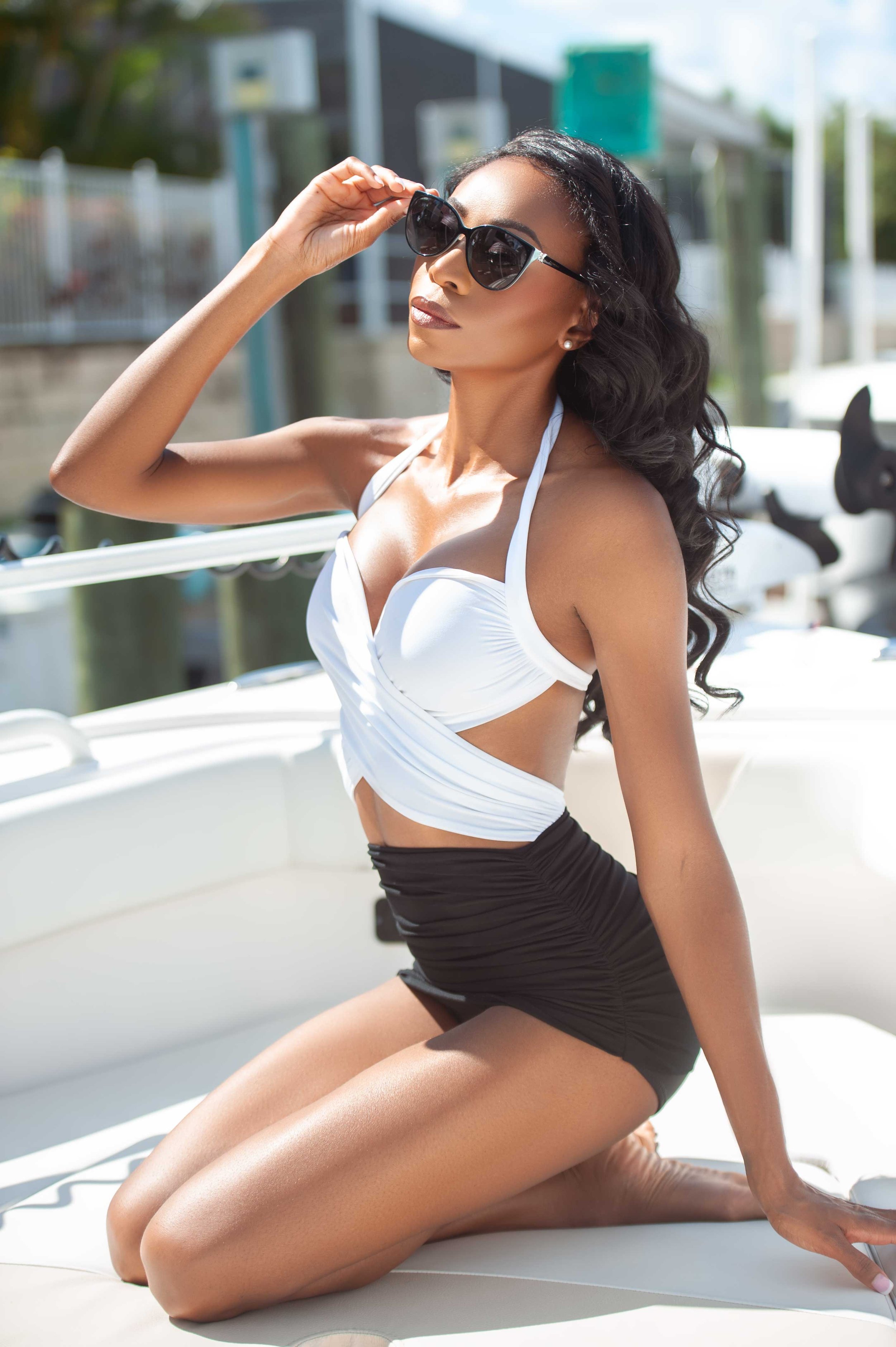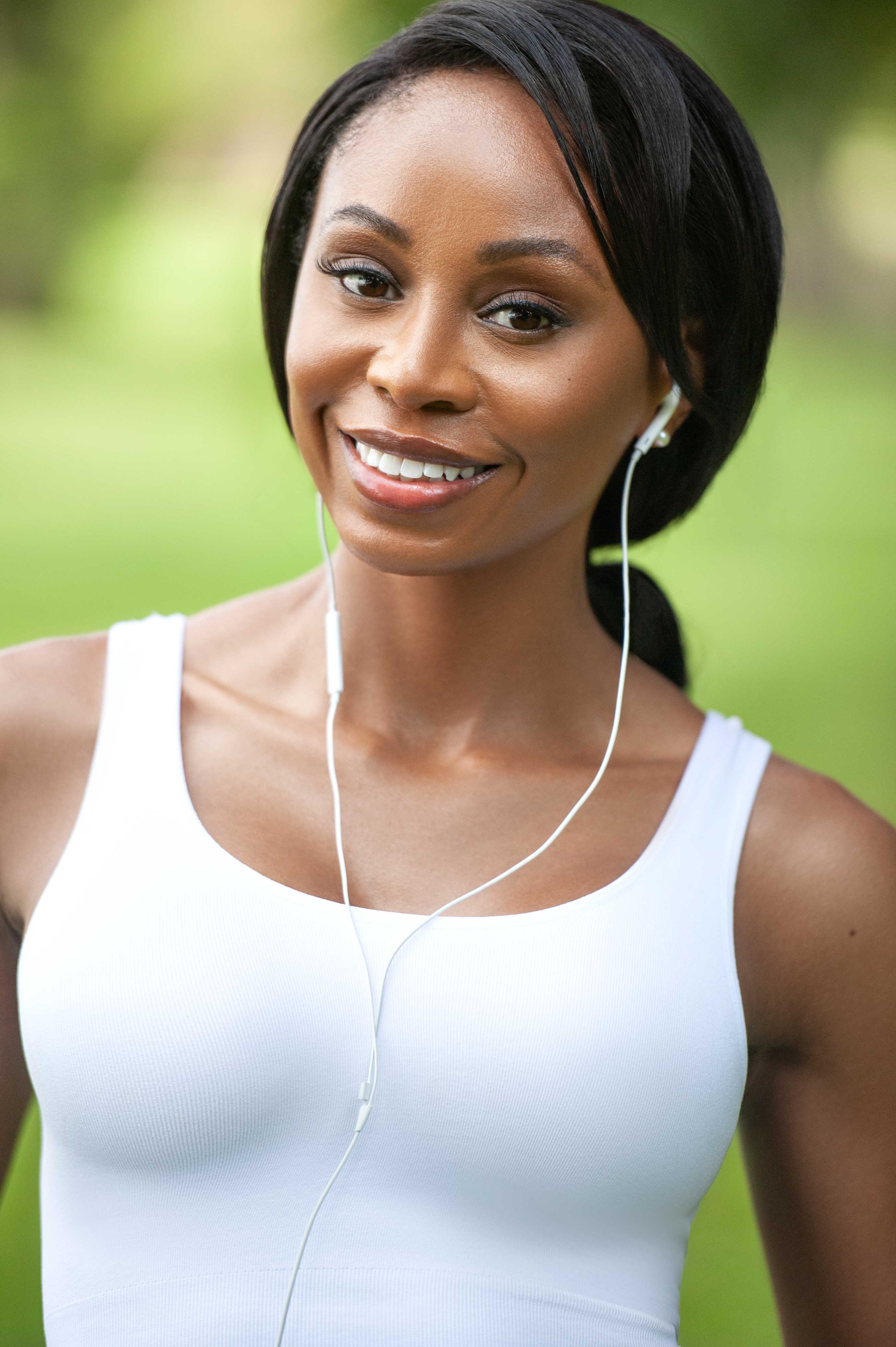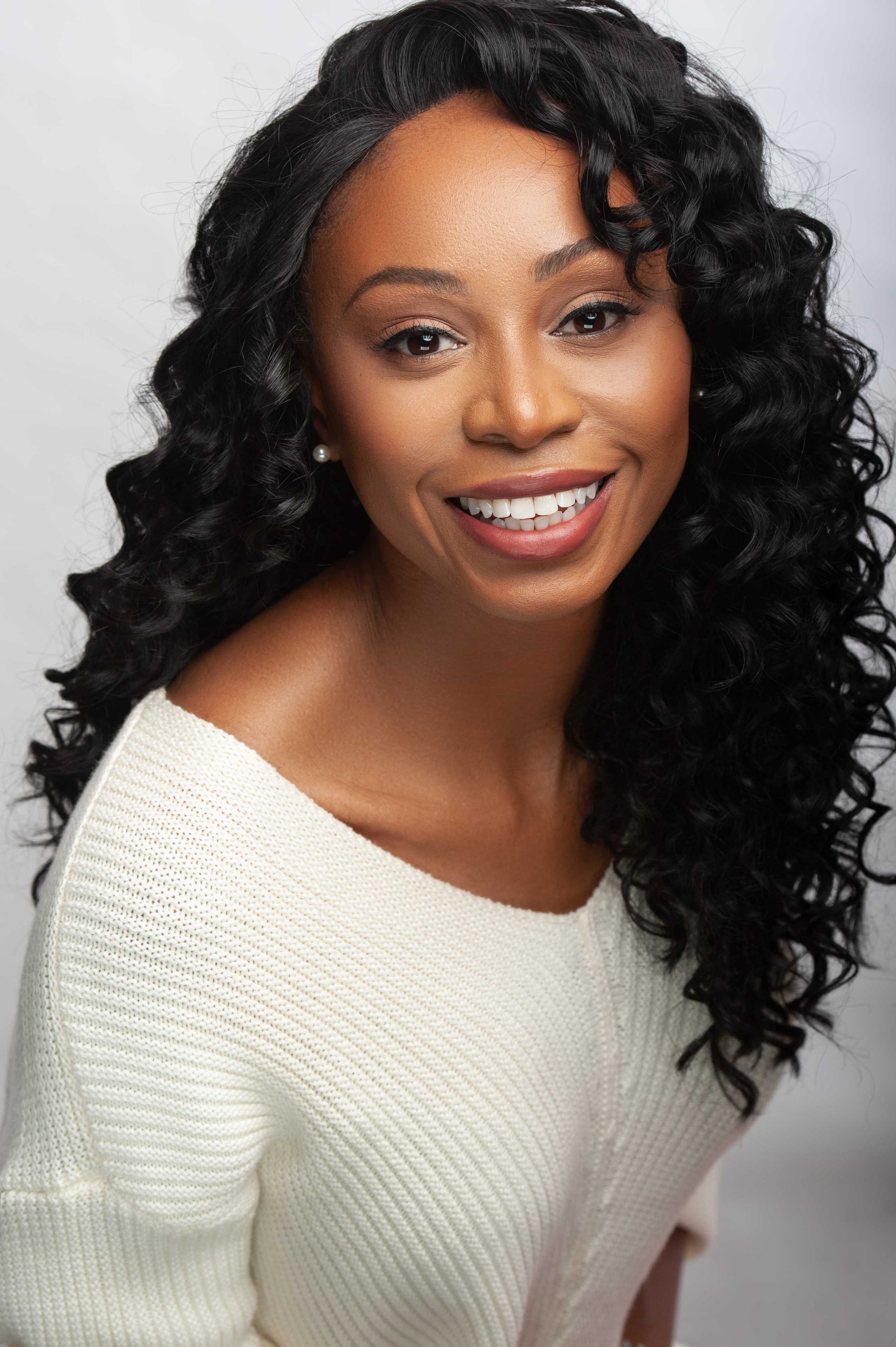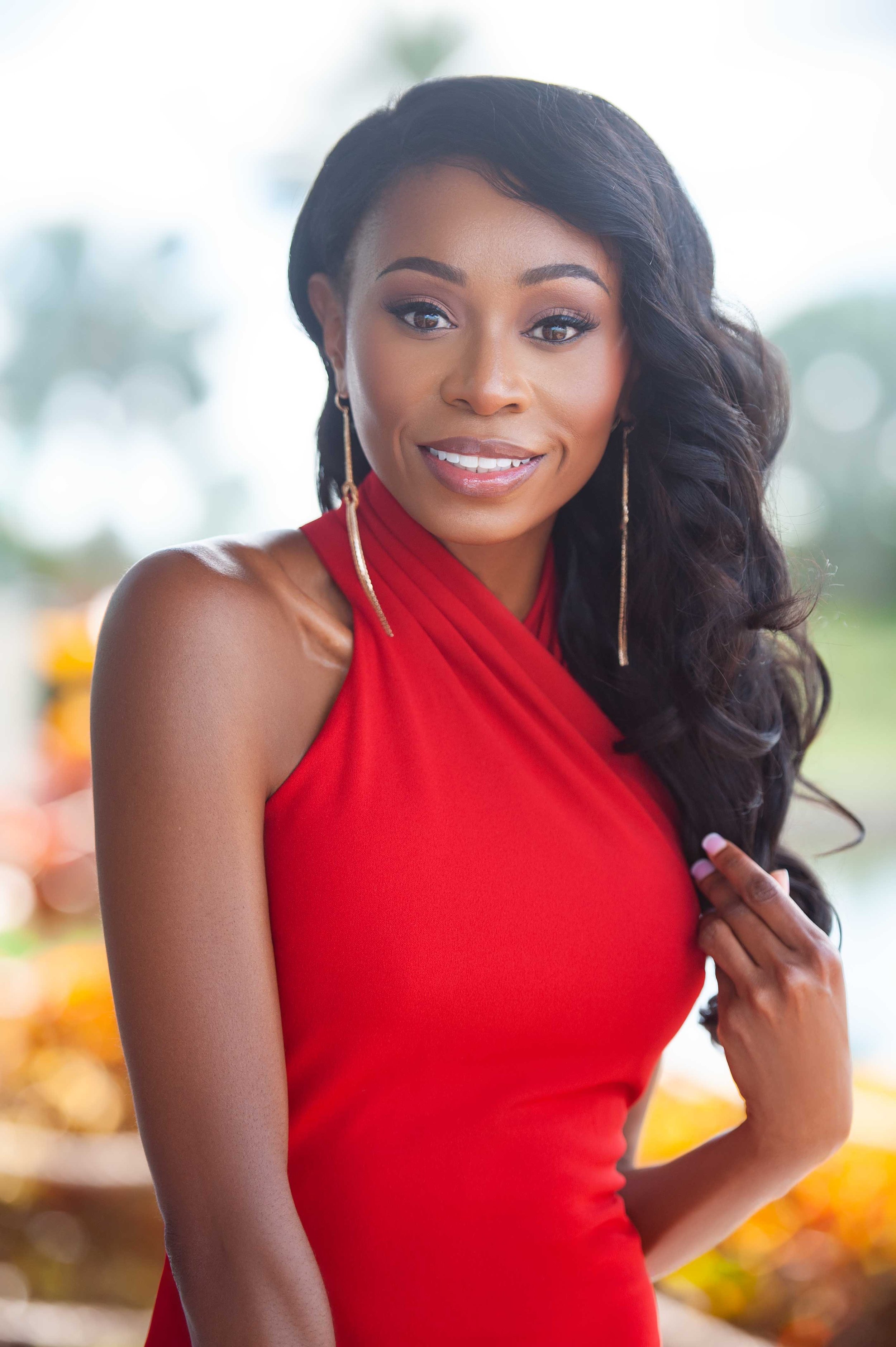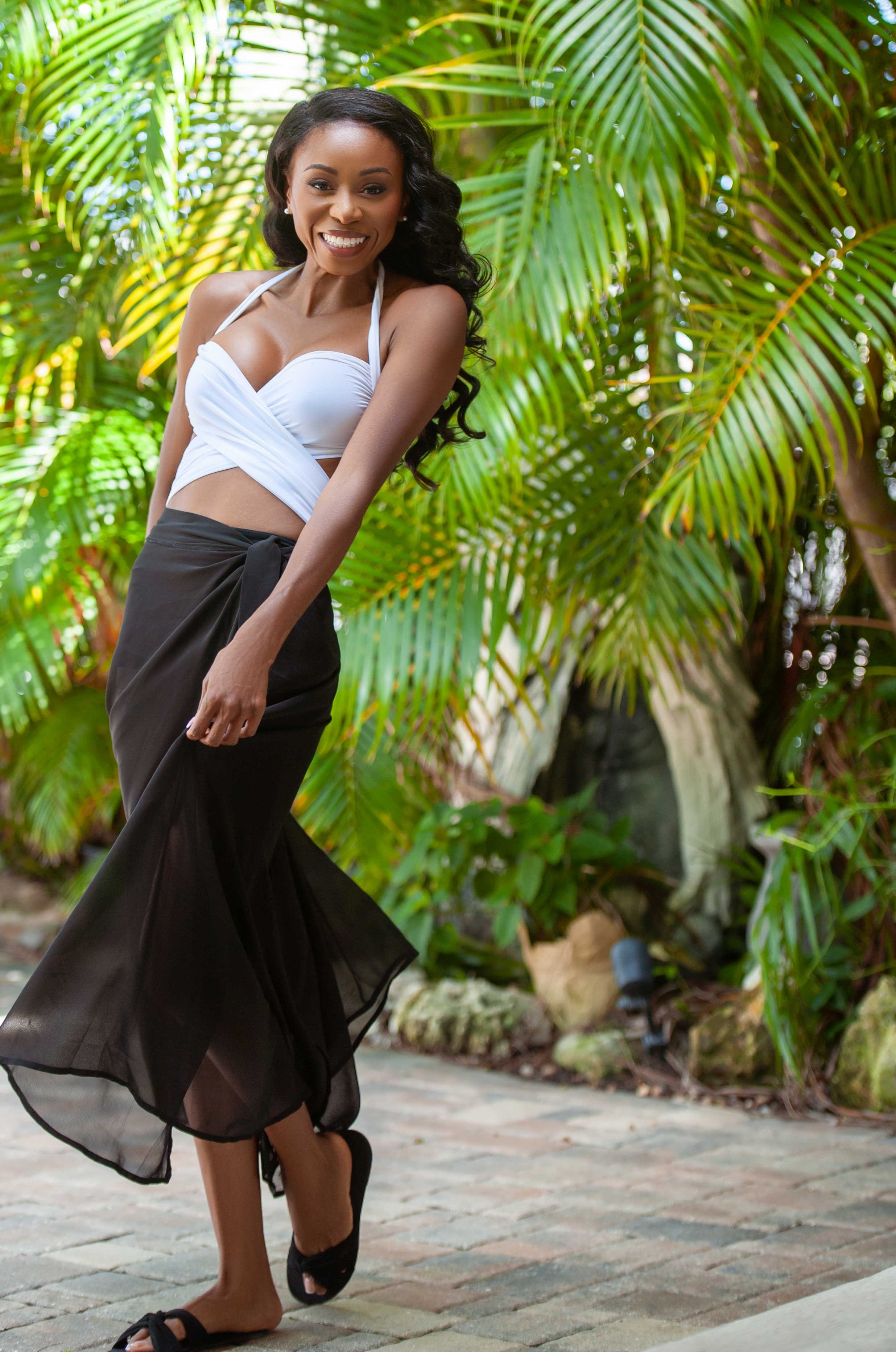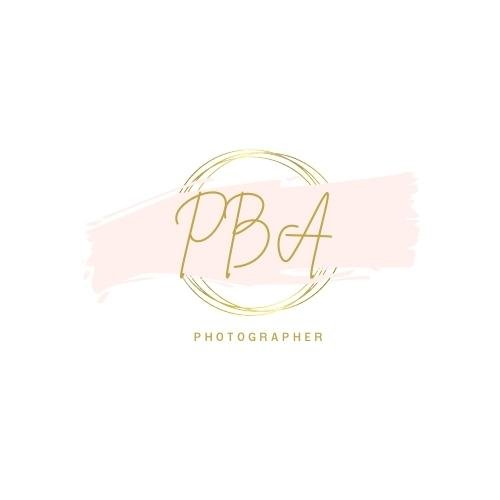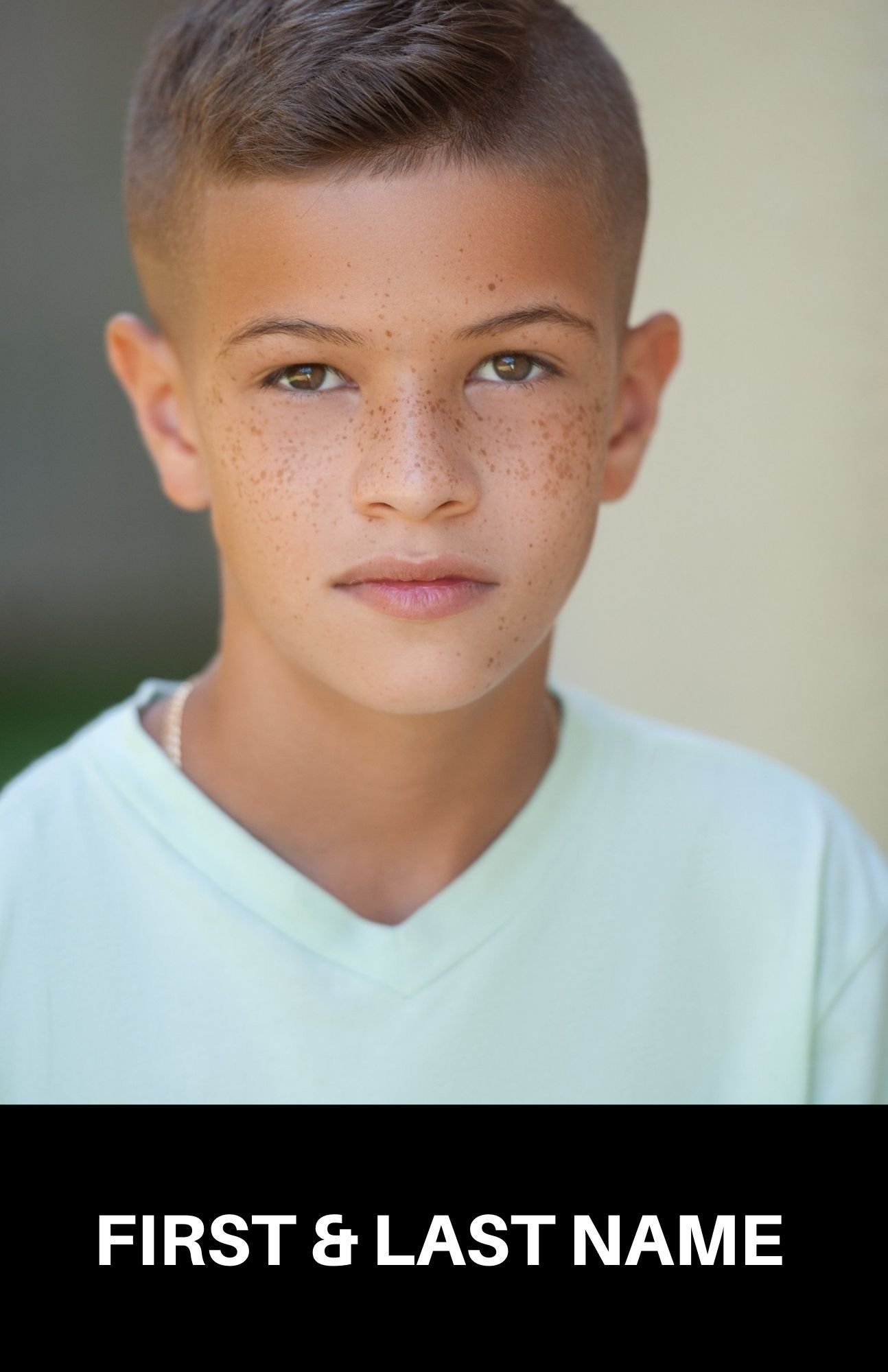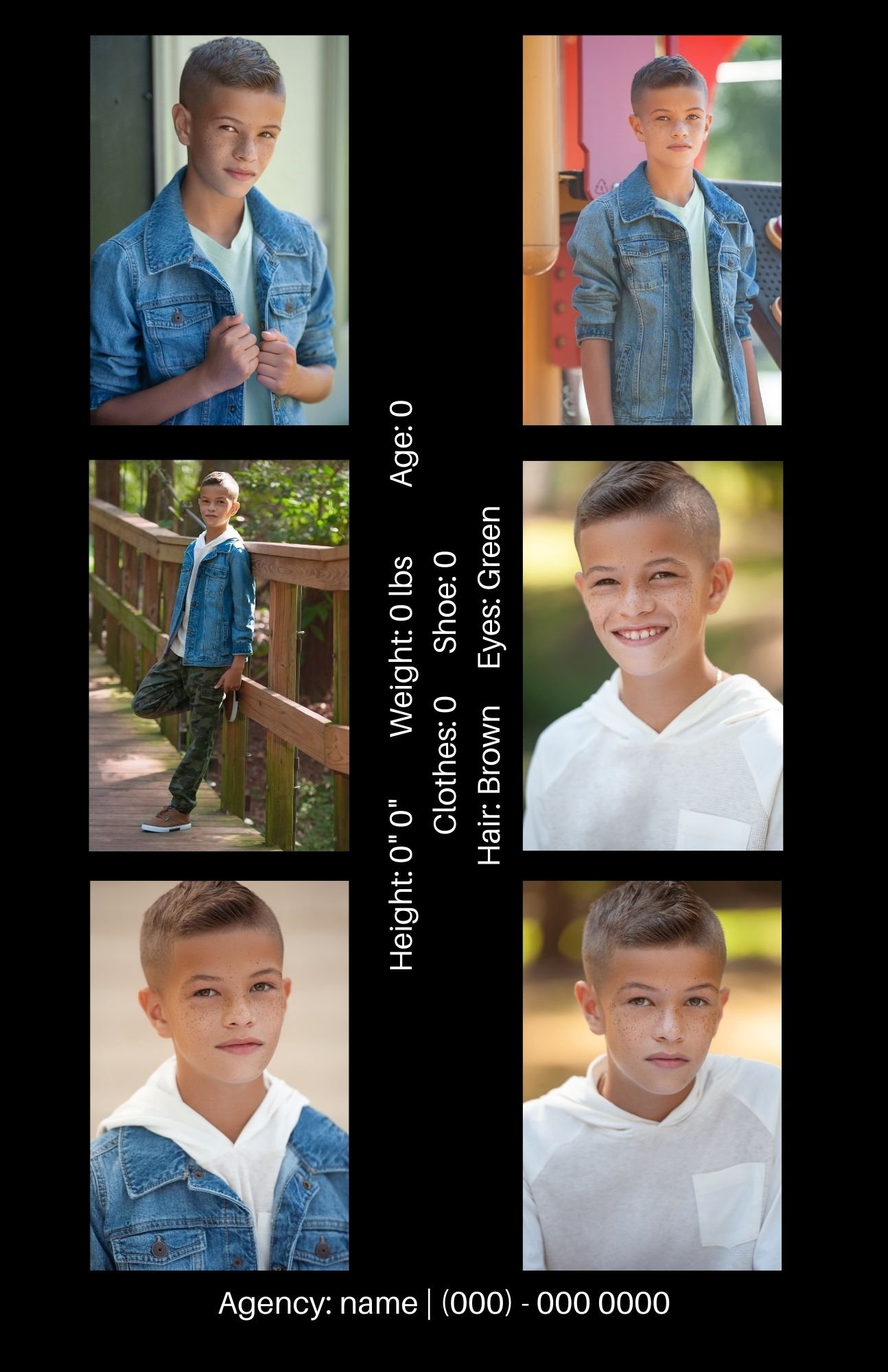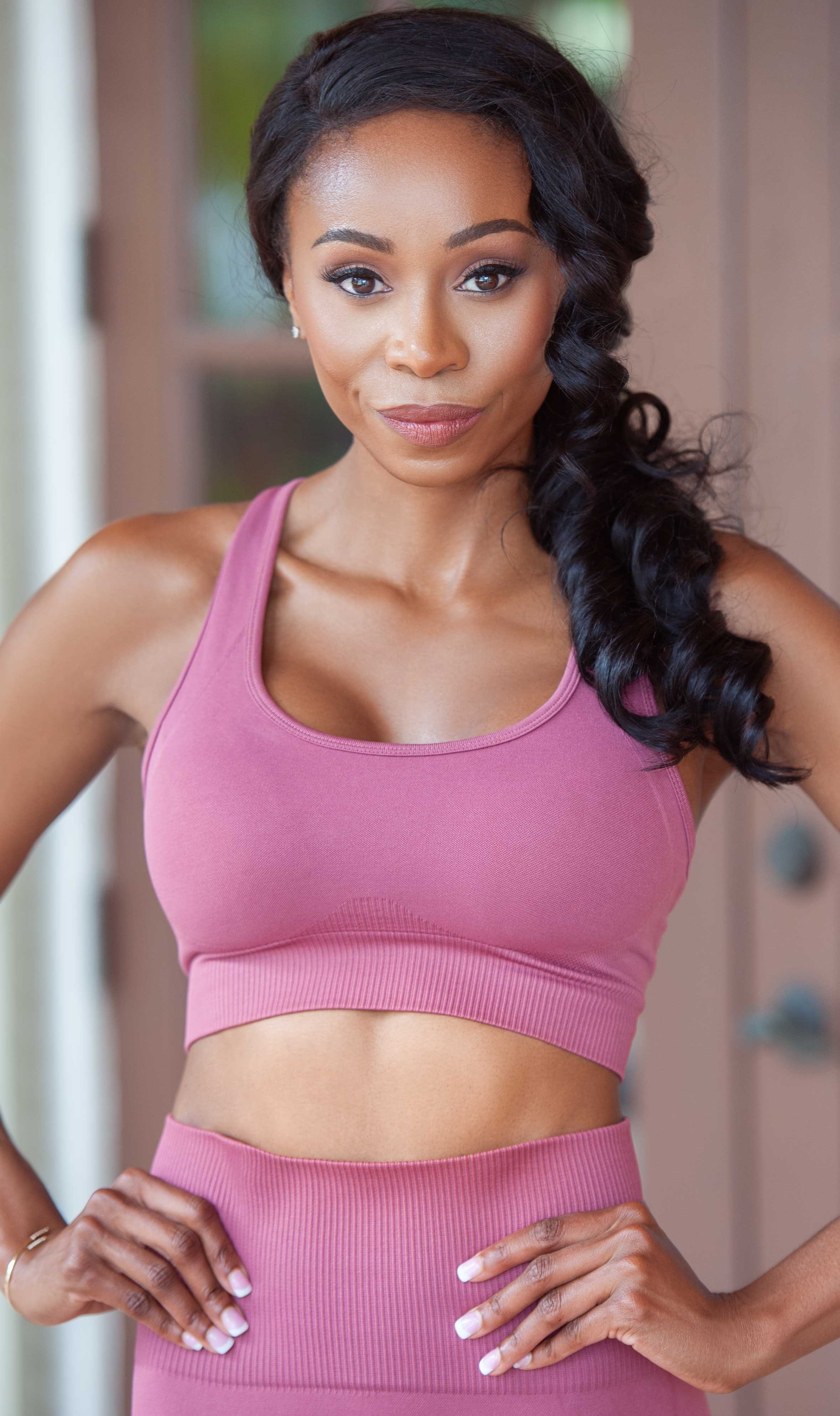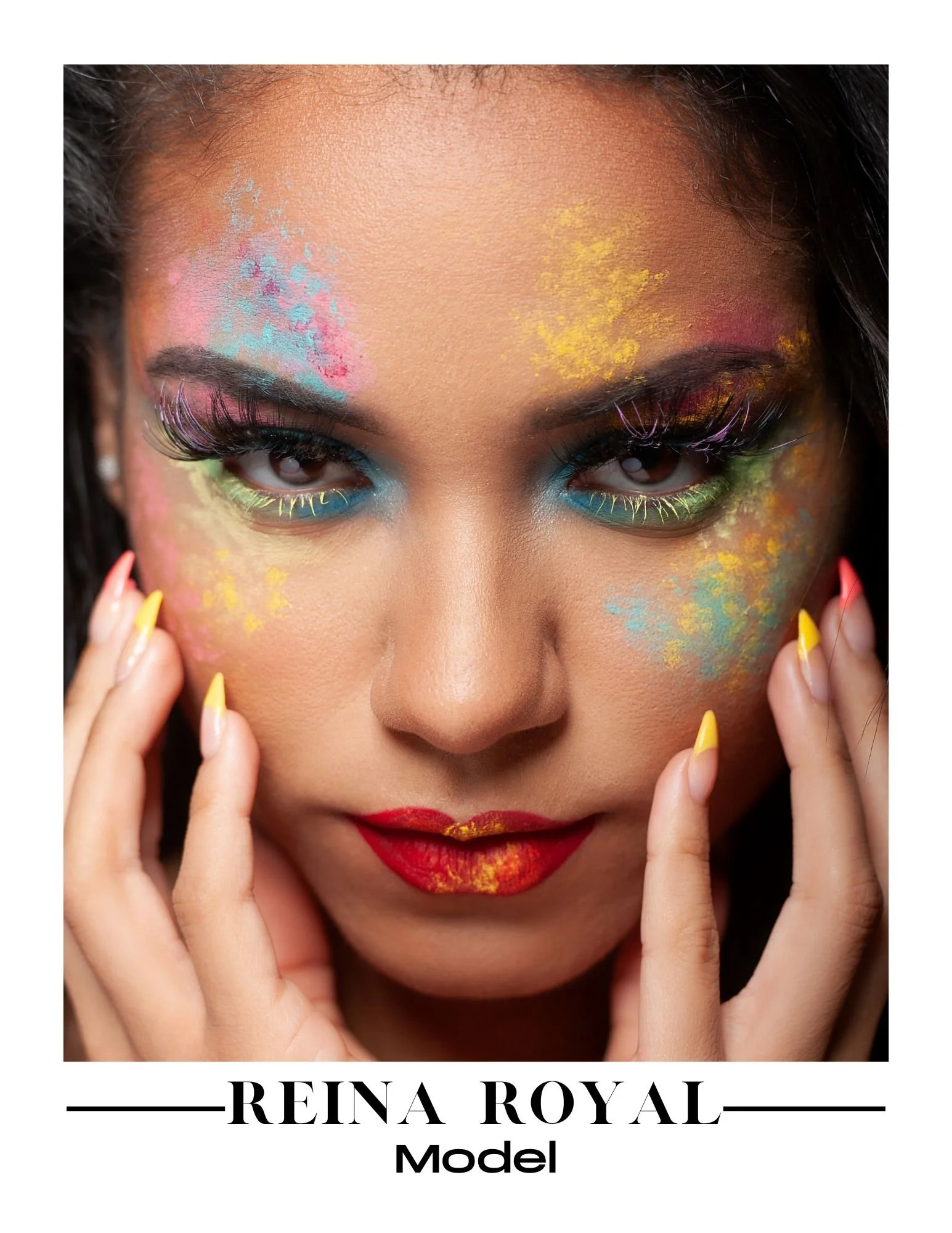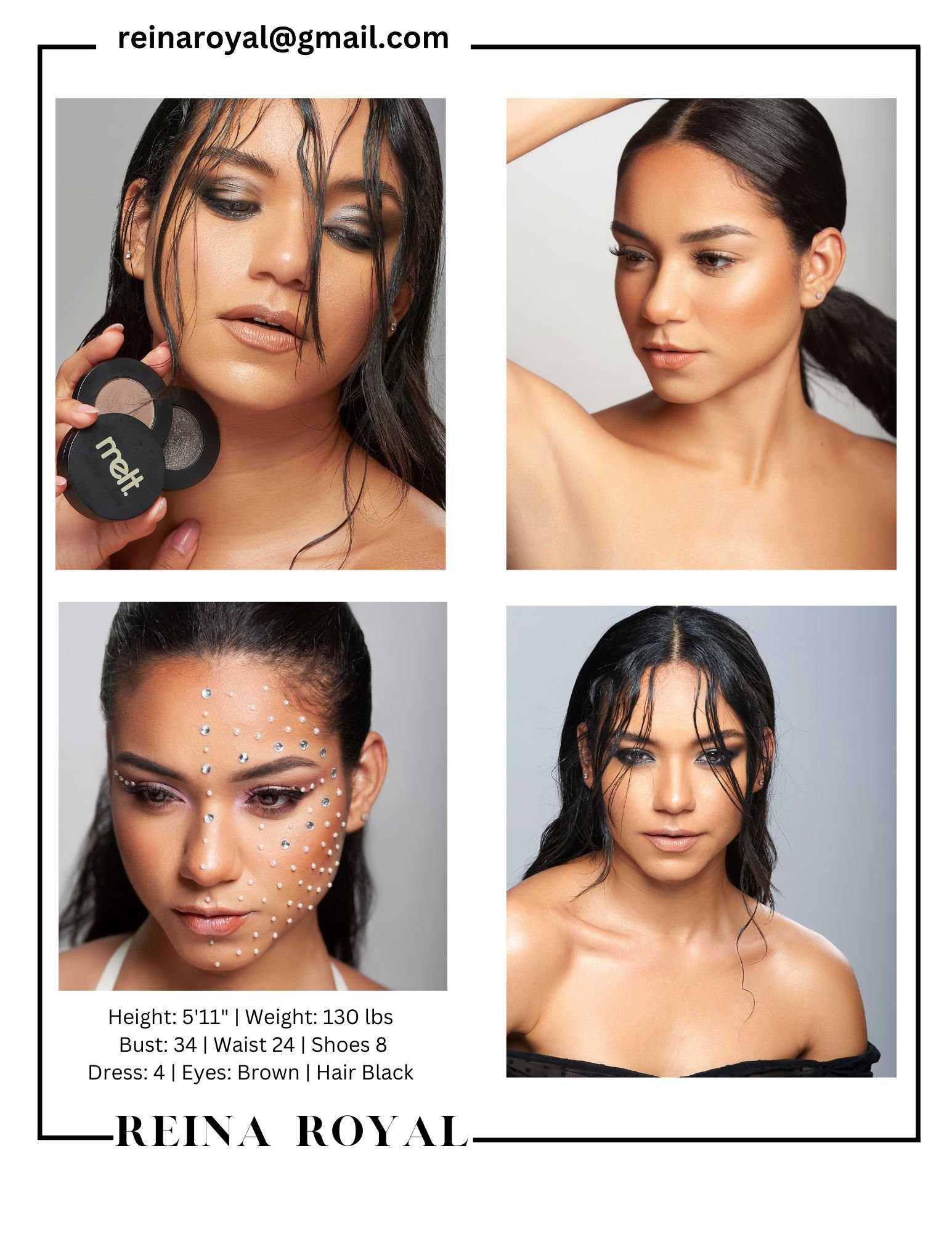How to Start Modeling Portfolio
Marketing Tools
A breakdown of how to start modeling portfolio or model book. The model is an independent contractor - owns his/her own business. Models are not employed by the agency. Therefore, each model is responsible for their own marketing tools and business expenses. The agency can opt to assist or guide and sometimes give an advancement to help the model with their marketing tools and recover the advancement through future jobs. This is especially true for adult models. Marketing tools are made up of professional test shots, comp cards, agency website portfolios, which are used to market the model to the agency’s clients. Having strong marketing tools, model portfolio, increases the model’s chances of getting hired.
The Model
The model should be well-behaved on-set and the parents need to stay out of the way unless otherwise asked to assist in some way during the photo session. Parents can be very distracting for the child and as a result, the child does not perform as well as they would without the parent micro-managing the child. In addition, parents can be very annoying to the creative team by interfering, interrupting, questioning, and second-guessing the team. The photographer is the director of the photo session. Having the parents also directing the child makes it very confusing for the child and leads the child to look away from the direction given by the photographer.
Contrary to popular belief, it is not the photographer’s job to pose the model. However, it is up to the photographer if he/she so desires to guide and pose the model. A professional model or model with a natural flare will know how to model in front of the camera. In order for the photographer to be able to help guide and pose the model, the model must give their all and cooperate for a successful shoot. Understandably models do have their off days and if that is the case it is best to reschedule the shoot. If the model does not give it their best and be cooperative at the time of the photo shoot it shows in the images.
Investment in Test Shoot/Photo Session
An agency can provide the model with a list of recommended photographers and give advice. However, an agency is not allowed to obligate the model to use one particular photographer nor use an in-house photographer. A photographer is not allowed to obligate the model to only use them as their photographer. The Model is free to shoot with any photographer that they so desire to shoot with for their portfolio. The best place to find a reputable photographer is through word of mouth. Talk to other models or parent’s of models. If you decide to go out on your own to look for a photographer, make sure that the photographer specializes in modeling photography - do your research and look at the photographer’s website portfolio of images. The model deals directly with the photographer and not the agency with the photographer. Children starting out in the industry do not need professional photos until the age of three years old purely because they grow and change ever so quickly. Test shoots include a session of headshot, half body shots and full body shots sometimes termed by a photographer as a comp card package.
Getting your Model Book Together
First and foremost determine what type of roles that you would see yourself portraying and what type of clients you would like to target. Your model book should then show you in such roles. Do your research for the type of markets in your area. For example, in Orlando FL, there is a large market for medical advertising and theme parks. As such, you would focus on a medical role (doctor, nurse, etc.) or a family role, (mom, dad, grandparents, etc.) Look through ads and magazines and use that ad as a reference for your photo session with your selected photographer. Pinterest and stock photography websites are great sources for ideas.
Expression is the key! Learn to use your face – eyes, eyebrows, mouth, teeth. Learn to convey a range of emotions. Have a variety of looks and expressions in your portfolio.
Photography Packages
Photography packages vary in prices and looks (per change of outfit) and there are packages to suit all types of budgets.
Photography packages offer a certain amount of looks, types of shots (headshot, half body and full body shots), retouched (edited) high resolution images for printing, web size (low resolution) file images for the web, wardrobe styling, hair styling and make-up (HMUA), a CD or downloadable link to all or to a number of the unedited images, photo release that gives the model permission to copy and duplicate the images, wardrobe assistance, consultation, private online viewing gallery.
Some photographers consider a layer such as a jacket and or sweater as an outfit and others will not charge for the layered jacket/sweater as an additional look.
Photographers also offer some of the above listed as additional in their price menu, e.g., comp card printing, travel, wardrobe styling, Hairstylist make-up artist, unedited images, retouching, etc.
Be aware of photographers who DO NOT make it CLEAR that the fee you are paying is only for the session fee (i.e., just for the shooting time) and no images are included. The unedited and edited (retouched) image fees are separate. If in doubt, clearly ask the photographer what you are getting for the session fee. If the unedited and or edited (retouched) images are not included, be sure to ask the price of each edited (retouched) image, batch or gallery of unedited images.
If a wardrobe stylist and or HMUA is offered as an additional, the photographer works with a stylist and HMUA. The stylist and HMUA fees will be separate from that of the photographer’s fees. If requested by the model, the photographer will provide the model with the contact information of their stylist/HMUA for the model to communicate directly with them.
A wardrobe stylist, hair stylist and make-up artist can enhance the whole photo session bringing it to a whole different level with their creativity.
A wardrobe stylist may offer several types of services but typically, the stylist will coordinate wardrobe styling choices from shops or pull from the studio’s collection and or from the models wardrobe. The wardrobe stylist will also assist the model on-set ensuring that the clothing fits properly, wrinkle-free and that all is in place during the duration of the photo session.
A hair stylist and make-up artist can be one person specializing in both or two individuals specializing in each area. A hair stylist will style the model’s hair in different hairstyles per look (outfit). For children, simple hairstyles are highly recommended. A good hair stylist on-set will monitor the model’s hair throughout the photo session making sure that the hair is in place and be on the look-out for flyaway hair.
A make-up artist will change the model’s make-up to suit the type of look. Children should wear little to no make-up. Make-up on children is really to prevent the skin from shining using face powder/loose powder and to keep the lips moist by using lip gloss.
If a wardrobe stylist is not included and you decide not to pay for the services, it is worth the investment in going out shopping for a new wardrobe. For fashion ideas turn to the web such as Pinterest, the photographer’s website of models in your age group, fashion magazines, check out fashion hashtags on Instagram, etc. Props are an ideal way to enhance an idea or skill that you have for the session such as a tennis racket, a bicycle, a ball, a scooter, a musical instrument, a basket of fruits, etc.
After the Photo Test Shoot
The photographer will have a timeline of delivering the proof of images, retouching and delivering the retouched high resolution images to the model. Be sure to ask the photographer’s timeline before booking your photo session.
After the photo session, it is usual for the photographer to provide the model with a private online viewing gallery of the proofs of unedited images for the model’s selection of images for retouching that is included in the package and with an option to order additional images for retouching at a fee. A photographer can help the model make their selection of images and or the model’s agency. The modeling agency has the expertise in selecting the right images to market the model. The photographer cannot take it upon himself/herself and make the selections without the model or agency having a say in the selection of images.
Once the model has made his/her selection of images for retouching, the photographer will give a timeline as to when the retouched images will be delivered. The photographer will provide the model with high resolution images that are used for printing and low resolution images that are used for the web and viewing. After receiving the edited images from the photographer, the model emails the images to the agency. The images are also used for the model’s Comp Card, short for Composite and also known as Zen, or Z Cards. Comp cards are used for the agency to market the model.
If the model is starting out, the model will use the images for submission to the agencies for representation. I would recommend waiting until the model gets representation with an agency before ordering comp cards. In so doing, the agency can make the right selection of images to go on the comp card.
Comp Cards
Comp cards are not just used for models. Actors too use comp cards. In addition to having a headshot, a model’s comp card is editorial/fashion in style and an actor’s comp card is lifestyle in style for commercials - commercial modeling (a model plays an acting role, sometimes with lines, for a commercial). The images from the photo session are used to create a comp card for the model/actor to use as his/her marketing tool, in effect, it is a business card. A comp card introduces the model/actor and shows the model/actor in a variety of ways. Comp cards are printed on both sides of an 8.5 x 5.5 piece of card stock and they vary in style. Typically, the front of the comp card has a headshot and the back of the comp card has anywhere between two to nine images of the model/actor in a variety of looks and styles taken from a photo session or from their actual work such as tear sheets and lists their basic statistics, name, agency, and contact information. Comp cards are usually printed in quantities of 50, 100, 200, and 500 at about $1.50 per card. The agency will keep anywhere between 5 to 20 comp cards and the model/actor uses the rest of the comp cards to take when he/she goes to castings or auditions. A model can be booked directly from their comp card.
Model Book
A model book is used to showcase the model. A standard book size made from Vinyl or Leather is 9.5 x 12.5. The book is a work in progress because the model is constantly replacing the new tear sheets with old tear sheets. Child model’s do not need a book/portfolio because they change so quickly but most certainly adult models need a book. The agency may also use their website to market their models and may charge a nominal fee for the model to be added to their online portfolio of models.
Tear Sheet
A tear sheet is a page of the model’s work that is torn or cut from a publication or magazine. Nowadays we also have and use digital tear sheets. When the model’s work appears in magazines and publications, it is the model’s job to look for their work and cut or tear it out to use in their comp card and book. Very rarely does the client provide the model with the publication or images and it is certainly not the agency’s job to hunt down the model’s work. Tear sheets show the client that the model is working and has experience.
Maintaining your Model Book
It is very important that you frequently update your modeling portfolio with new work and experiences and with any changes such as a new haircut, tattoos, braces, etc. As you gain experience you will want to add your tear sheets (your work) from your modeling jobs to your portfolio.


